Sierra Leone travel tips
Sierra Leone travel tips: West African nation with diverse landscapes, vibrant culture, diamond resources, post-conflict recovery, and resilient people.
Regions 🌎
Sierra Leone travel tips. Here is a list of all the regions of the Sierra Leone.

Eastern

Northern

North Western
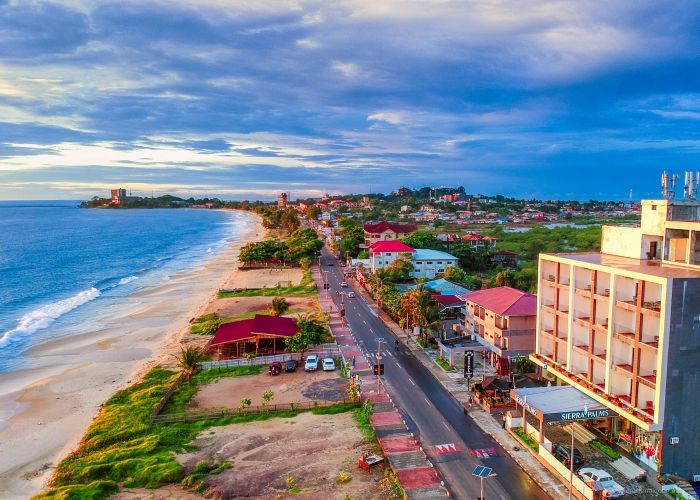
Southern

Western Area
Before you go 🛩
Important information you should know before your trip
Info
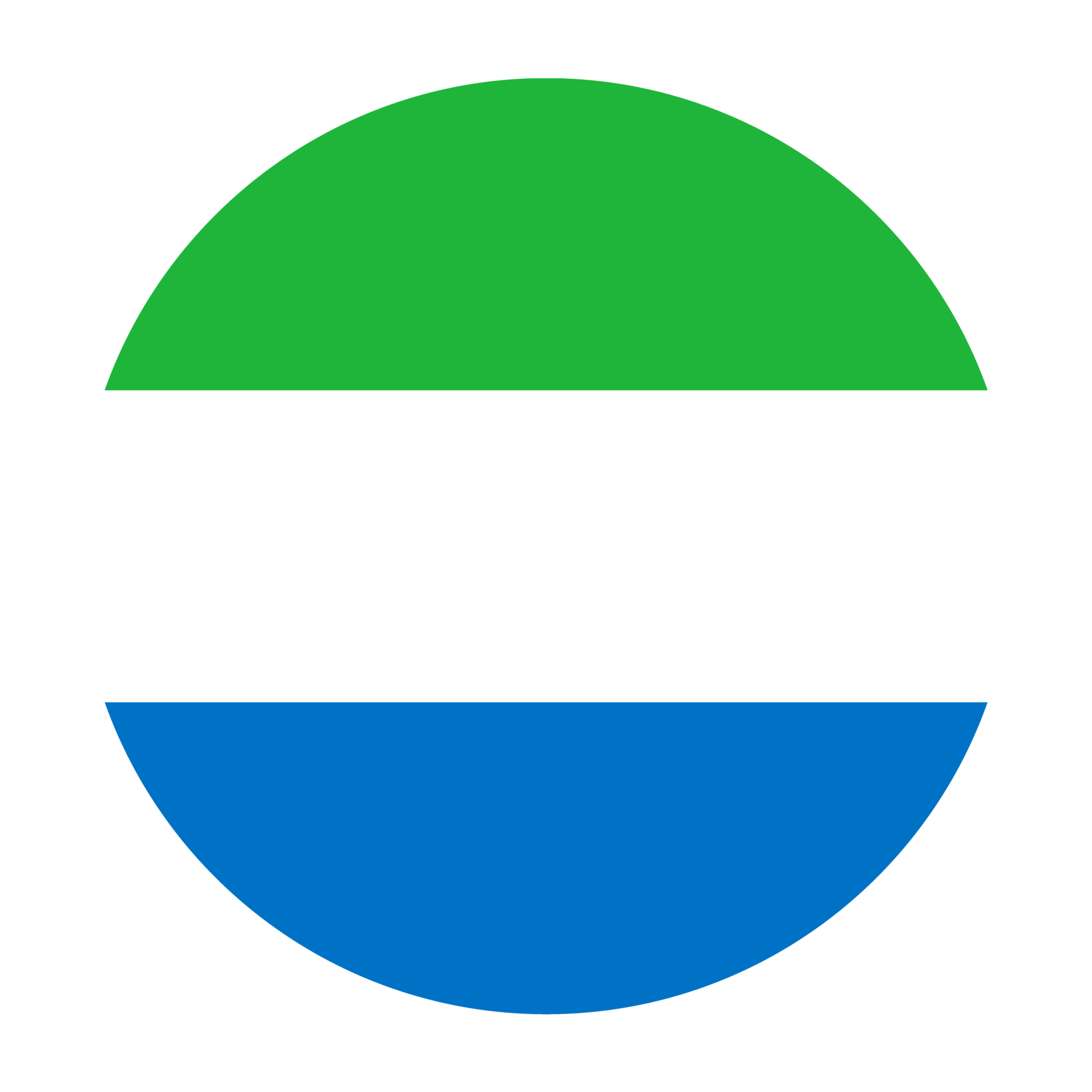
Capital | Freetown
Flag Codes:
ISO alpha-2 SL,
ISO alpha-3 SLE
Currency
Badge | Leone
CODE | SLL
NUMBER | 694
SYMBOL | Le
FRACTION | penny
Mobile Coverage
Dialing Code | +232
SIM Card
Coverage | 3G / 4G / 5G |
Mobile Networks | Africell Mobile | Orange Mobile | SierraTel Mobile |
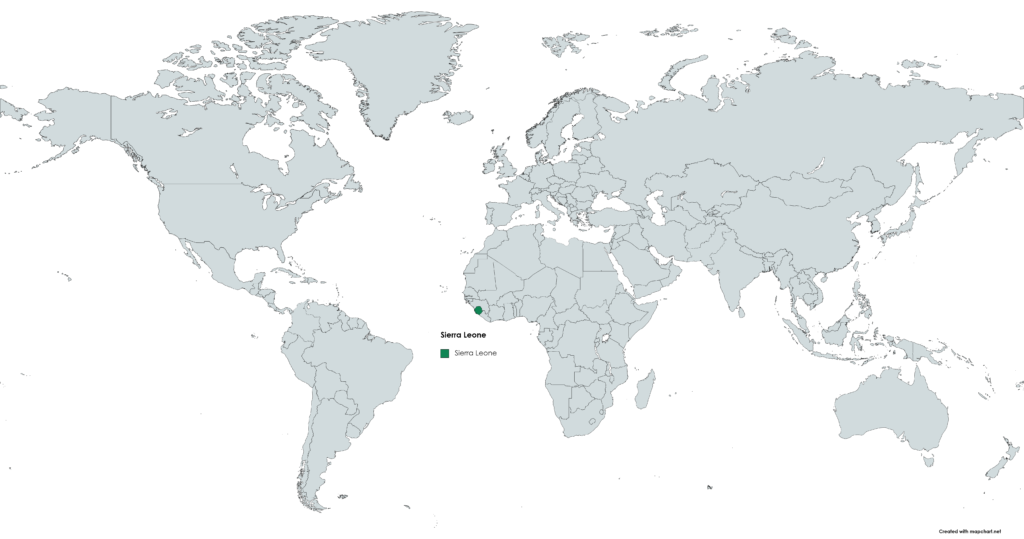
Location
Sierra Leone is a country located on the west coast of Africa.
Coastline: Sierra Leone has a coastline along the Atlantic Ocean to the southwest, including the Gulf of Guinea. The coastal region includes the capital city, Freetown.
Geographical Features: Sierra Leone’s geography is characterized by a diverse range of landscapes, including coastal plains, hilly terrain, and mountainous regions. The country’s interior is dominated by the Guinea Highlands, and it is home to several rivers and forests.
Capital City: The capital city of Sierra Leone is Freetown, which is located along the country’s coastline on the Atlantic Ocean. Freetown serves as the political, economic, and cultural center of Sierra Leone.
Sierra Leone’s strategic location on the west coast of Africa has historically made it a hub for trade and commerce. The country’s diverse geography includes fertile plains, mineral resources, and a rich natural environment, contributing to its cultural and economic significance in the region.
Currency
The currency of Sierra Leone is the Sierra Leonean Leone, abbreviated as SLL.
The symbol for the Sierra Leonean Leone is “Le.”
The currency is issued and regulated by the Bank of Sierra Leone, which is the country’s central bank.
The Leone is further subdivided into 100 cents. Banknotes and coins of various denominations are in circulation, with the banknotes being the more commonly used form of currency for everyday transactions.
Languages
Sierra Leone is a linguistically diverse country with several languages spoken due to its multicultural and multiethnic nature. However, the official language of Sierra Leone is English, which is used in government, administration, education, and the media. English serves as the language of instruction in schools and is generally understood and spoken by a significant portion of the population.
In addition to English, there are several indigenous languages spoken by various ethnic groups in Sierra Leone. Some of the prominent languages spoken in Sierra Leone include:
Krio: Krio is a widely spoken Creole language in Sierra Leone. It developed as a lingua franca among the diverse ethnic groups in the country and has become a native language for many Sierra Leoneans. Krio is often used in daily communication and has influenced the local culture, including music and literature.
Temne: Temne is another major language spoken in Sierra Leone, particularly in the northern regions. It is the native language of the Temne ethnic group.
Limba: Limba is spoken by the Limba ethnic group, mainly in the northern part of Sierra Leone.
Kono: Kono is the language of the Kono people and is spoken in the eastern region of Sierra Leone.
Kuranko: Kuranko is spoken by the Kuranko ethnic group in the eastern part of the country.
Kissi: Kissi is the language of the Kissi people and is spoken in the eastern and southeastern regions of Sierra Leone.
Sherbro (Sherbro/Southern Bullom): Sherbro is spoken by the Sherbro people in the southern part of Sierra Leone.
Loko: Loko is spoken by the Loko ethnic group, primarily in the northern region.
Kono: Kono is the language of the Kono people, who reside in the eastern region of Sierra Leone.
Climate 🌡
Sierra Leone has a tropical climate with distinct wet and dry seasons. The climate is influenced by its proximity to the equator and its location along the Atlantic Ocean. Here are the key features of the climate in Sierra Leone:
Tropical Rainforest Climate:
The southern and western parts of Sierra Leone, including the capital city, Freetown, experience a tropical rainforest climate. This region is characterized by high temperatures and abundant rainfall throughout the year.
Wet Season:
The wet season in the coastal areas typically lasts from May to October, with peak rainfall occurring between July and September. During this period, heavy rainfall, thunderstorms, and occasional downpours are common. Rainfall is often intense and can lead to flooding in some areas.
Dry Season:
The dry season in the coastal regions occurs from November to April. During this time, the weather is drier, and there is less rainfall. The dry season is characterized by sunny and warm weather, making it a popular time for tourism.
Savanna Climate:
The northern and eastern parts of Sierra Leone, including regions near the border with Guinea, have a more pronounced wet and dry season with a savanna climate. The dry season in these areas is longer and more arid compared to the coastal regions.
Harmattan:
In the dry season, particularly in the northern and eastern regions, Sierra Leone experiences the harmattan, a dry and dusty wind that blows from the Sahara Desert. The harmattan can reduce visibility and create a hazy atmosphere.
Temperature:
Sierra Leone generally has warm to hot temperatures year-round, with coastal areas being relatively cooler due to the influence of the Atlantic Ocean. Inland regions can experience higher temperatures during the dry season.
Humidity:
Humidity is high in the coastal rainforest regions, contributing to the lush vegetation and tropical climate. Inland areas tend to have lower humidity levels.
Rainforest and Vegetation:
The wet conditions in the coastal rainforest regions support a rich and diverse ecosystem with dense vegetation, including lush forests and tropical flora.
Sierra Leone travel tips
If you’re planning a trip to Sierra Leone, here are some travel tips to enhance your experience:
Historical Marvels in Freetown:
Explore historic landmarks such as the Cotton Tree and the National Museum in Freetown to gain insights into Sierra Leone’s past.
Beach Bliss:
Relax on pristine beaches like Lumley and River Number Two, known for their white sands and turquoise waters.
Bunce Island Heritage:
Visit Bunce Island to delve into the country’s slave trade history and witness the ruins of a slave fortress.
Culinary Adventure:
Indulge in local cuisine—try staples like jollof rice, cassava leaves, and fried plantains to savor the authentic flavors of Sierra Leone.
Transportation:
Opt for reliable transportation options and be cautious on the roads to ensure safe and smooth travel within the country. View Guide.
Wildlife and Nature:
Respect the diverse ecosystems—visit Tacugama Chimpanzee Sanctuary and Outamba-Kilimi National Park for wildlife encounters and nature exploration.
Warmth of the People:
Embrace the hospitality of Sierra Leoneans, known for their warmth and resilience. Engage in conversations to truly connect with the local community.
Enjoy your time in Sierra Leone!

The best of the best
Sierra Leonean cuisine is diverse and flavorful, reflecting the country’s rich cultural heritage and the influence of various ethnic groups. The cuisine incorporates a wide range of ingredients, including rice, cassava, yams, vegetables, and a variety of meats and seafood.

Cassava Leaf Stew
Cassava leaves are ground into a paste and used to make a thick and hearty stew. This dish is often cooked with meat, fish, or smoked shrimp and is a favorite in Sierra Leone.
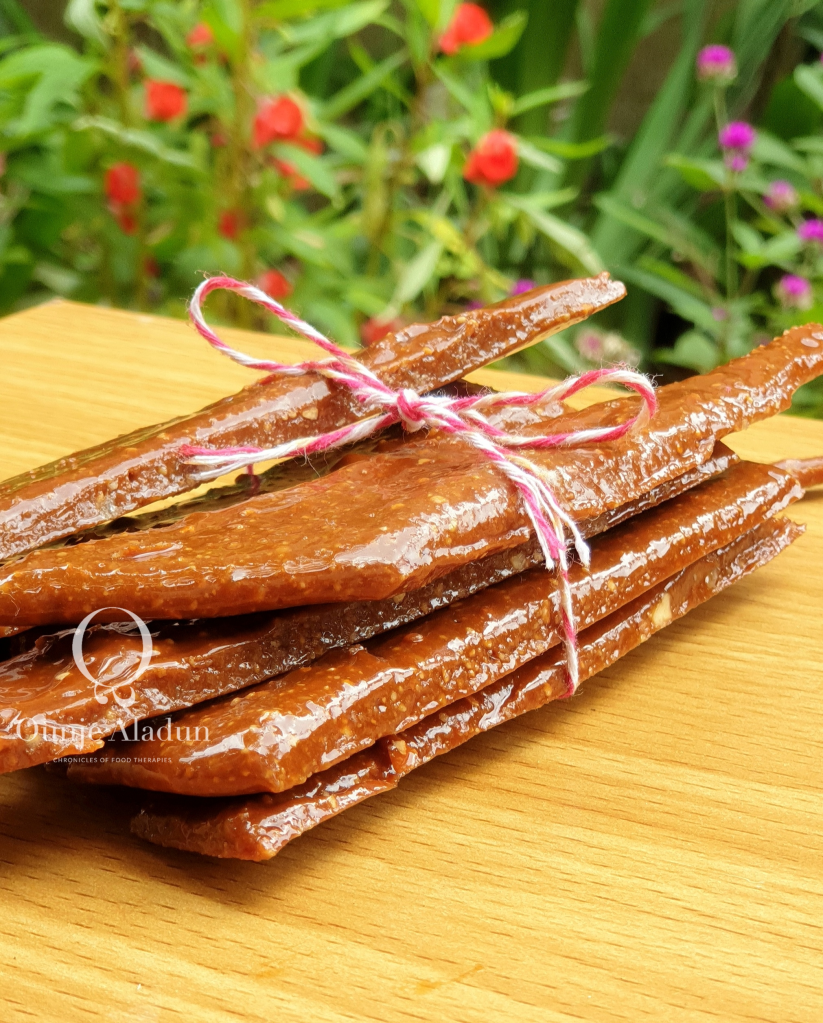
Groundnut Candy
Groundnut candy, similar to peanut brittle, is a sweet snack made from groundnuts and sugar. It is a popular treat among locals and visitors.
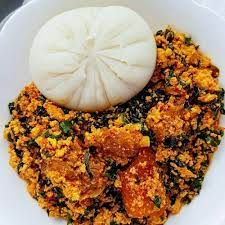
Pounded Yam and Egusi Soup
Pounded yam is a starchy side dish made from yam, often served with egusi soup, a thick and flavorful soup made from ground melon seeds, leafy vegetables, and meat or fish.
Here are some typical foods and dishes of Sierra Leone:
Jollof Rice: Jollof rice is a common West African dish, including Sierra Leone, made with rice cooked in a tomato-based sauce. It is often prepared with vegetables, spices, and a choice of protein such as chicken or fish.
Akara: Akara are deep-fried bean cakes made from black-eyed peas. They are popular snacks or breakfast items, often served with bread.
Fried Plantains: Fried plantains are a common side dish or snack in Sierra Leone. They can be enjoyed as a sweet or savory treat, depending on their ripeness.
Cassava Bread: Cassava bread, also known as “foo foo” or “gari bread,” is a type of starchy bread made from cassava flour. It is often served as a side dish or used to scoop up stews and sauces.
Okra Soup (Okra Stew): Okra soup is a vegetable-based dish made with okra pods, tomatoes, and spices. It is typically served with rice or cassava.
Grilled or Roasted Fish: Sierra Leone’s coastal location provides access to fresh seafood. Grilled or roasted fish is a common dish, often seasoned with spices and served with vegetables or rice.
Cassava Bread with Groundnut Soup: This dish features cassava bread served with a thick groundnut soup. It is a simple yet satisfying meal.
Sierra Leonean cuisine varies by region and ethnic group, so you may find regional specialties and local variations of dishes as you explore the country’s culinary traditions.
Transportation 🚥
More information about this country
Choose your destination 📍🗺
Useful Links ✅



